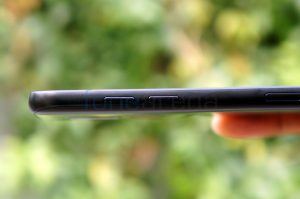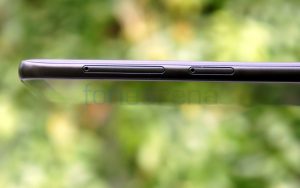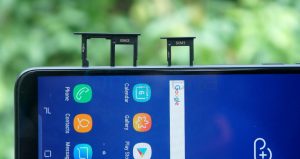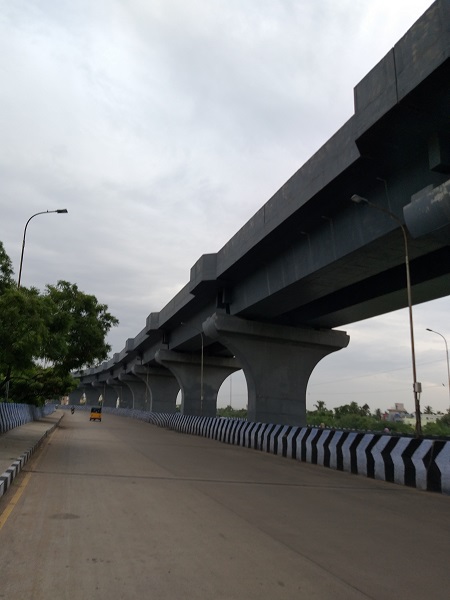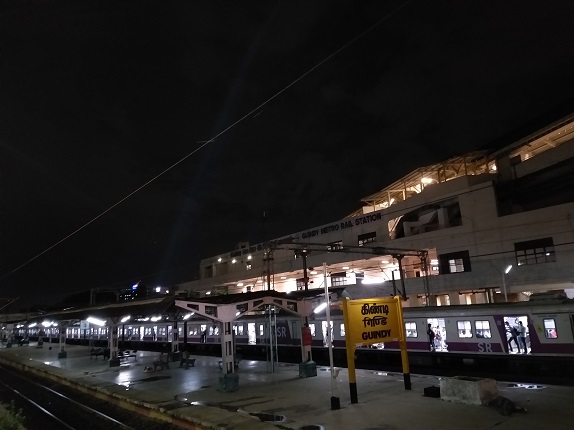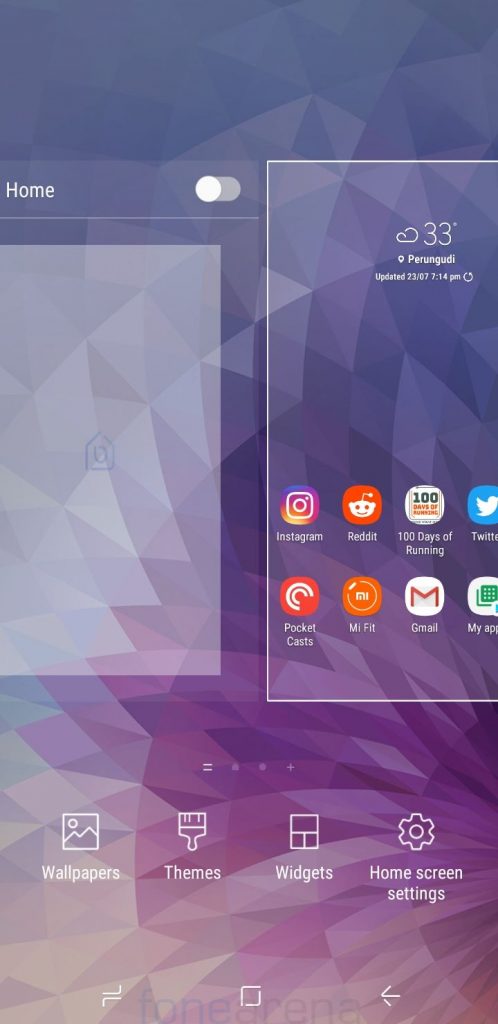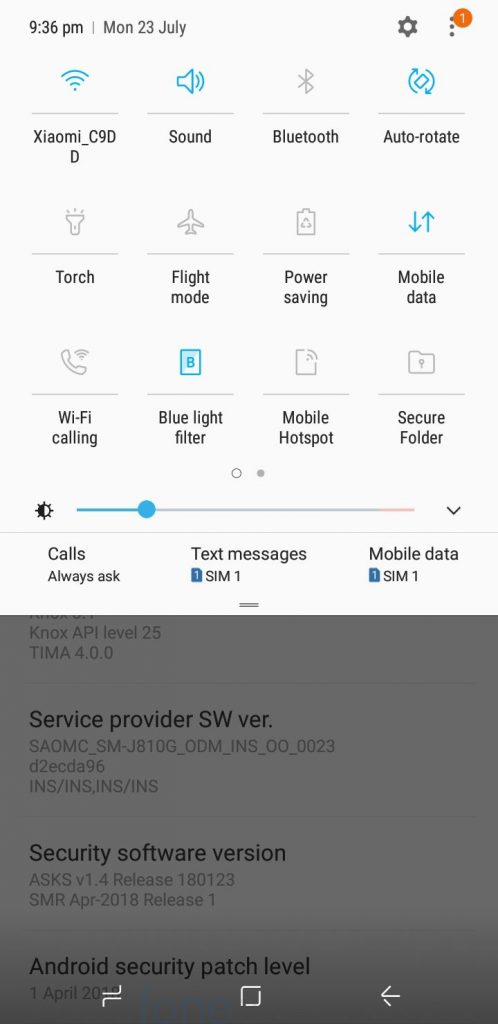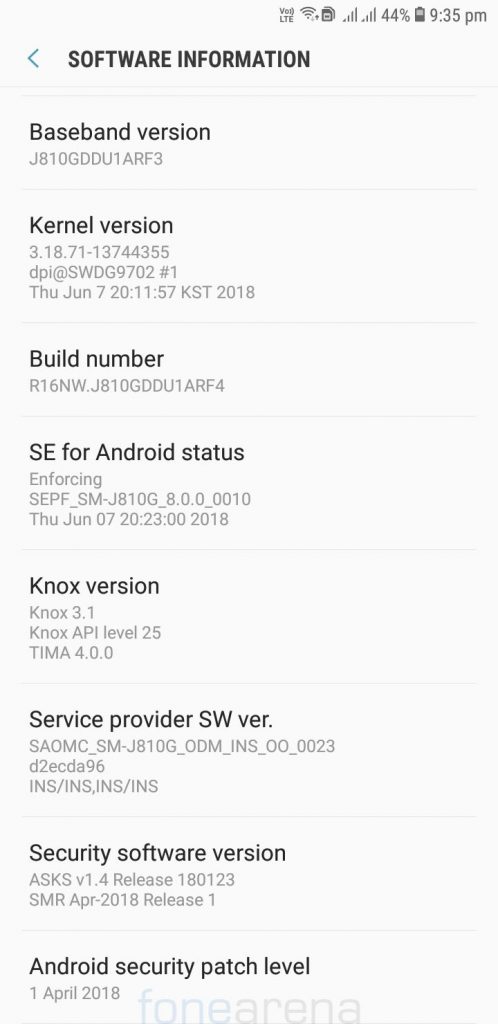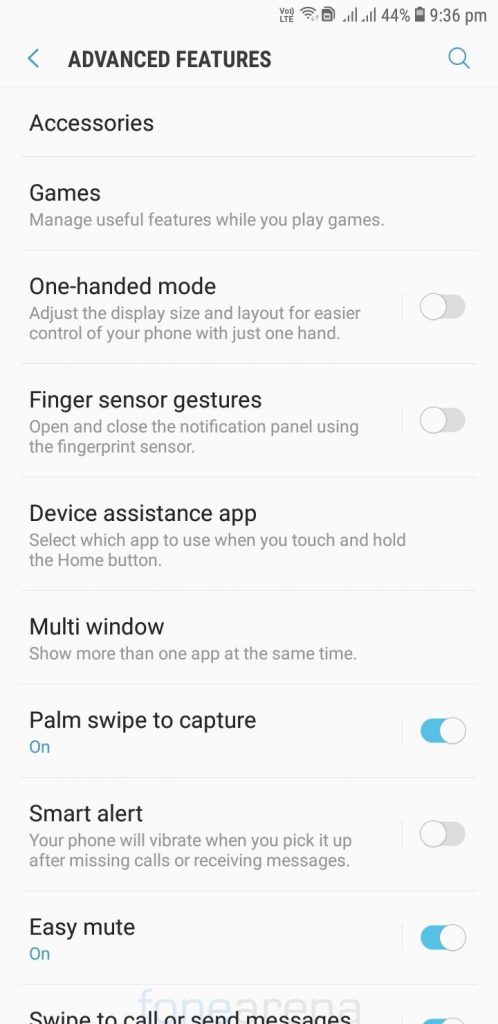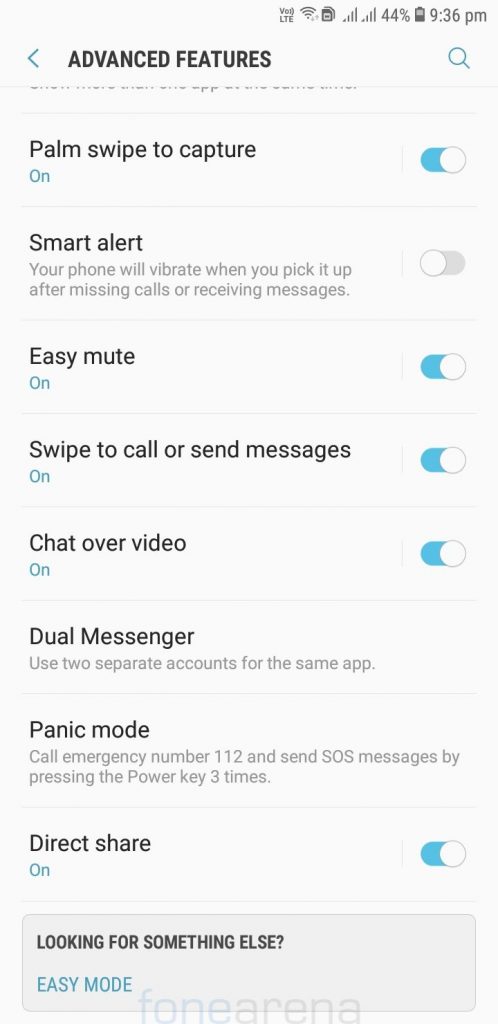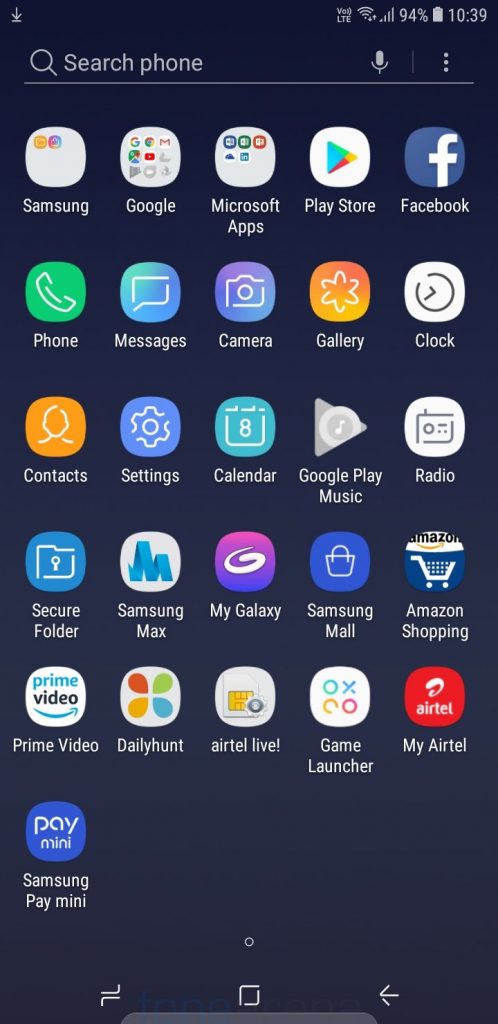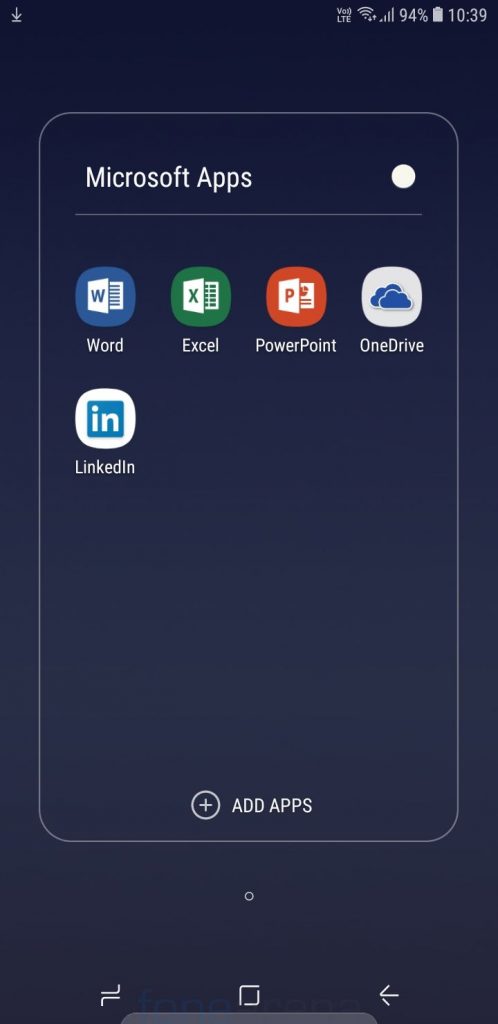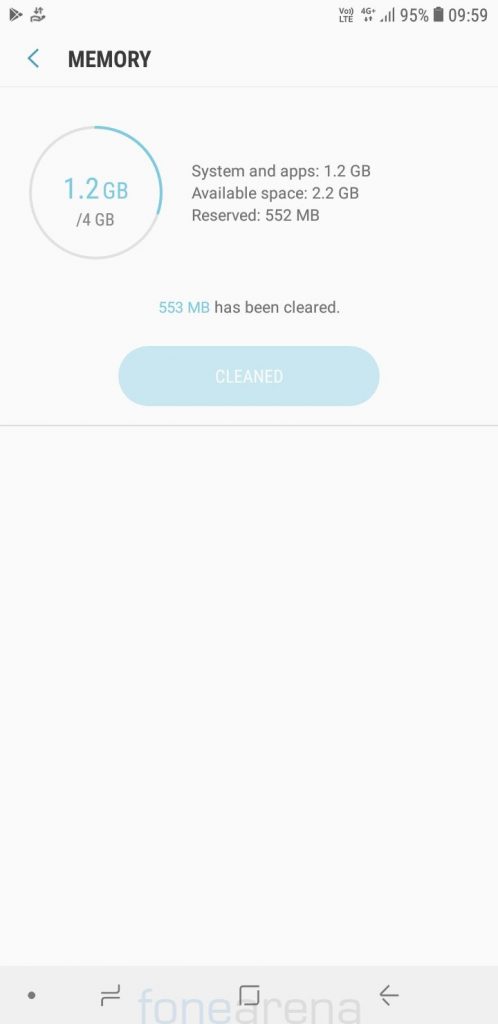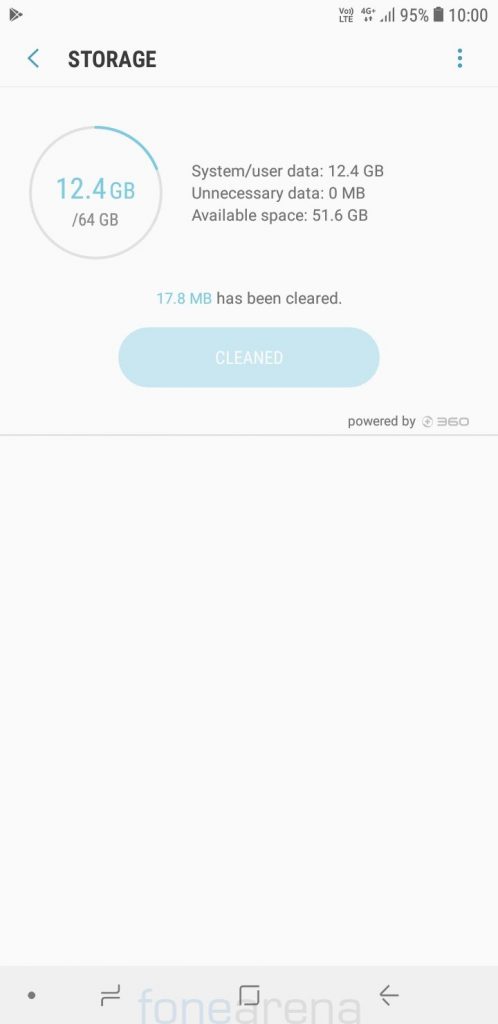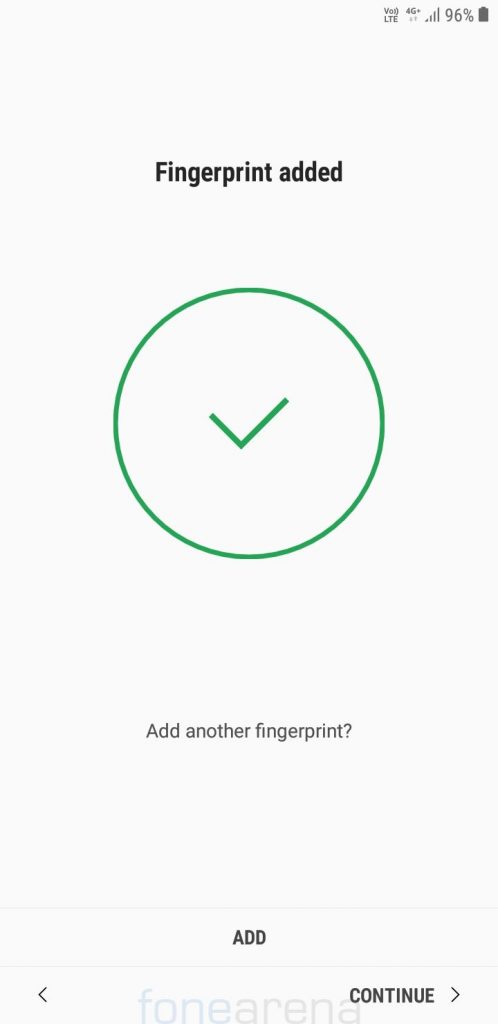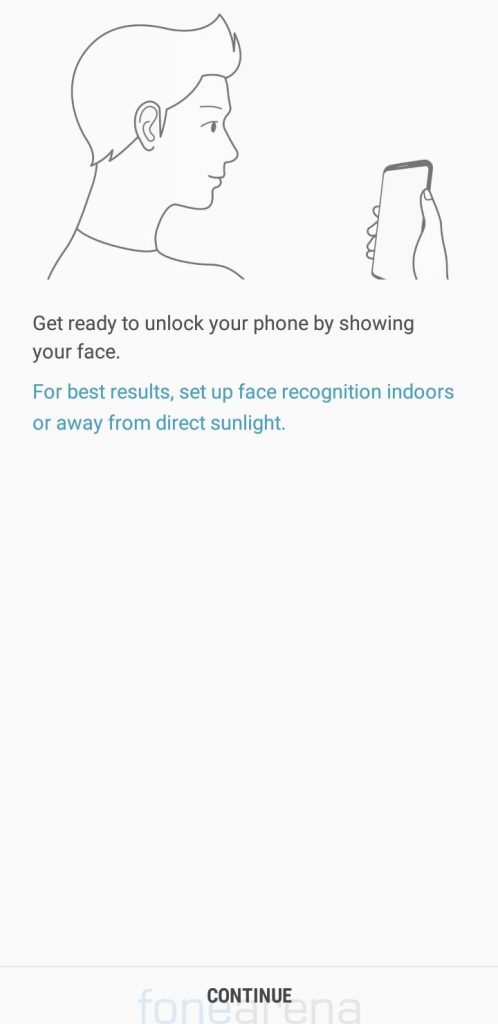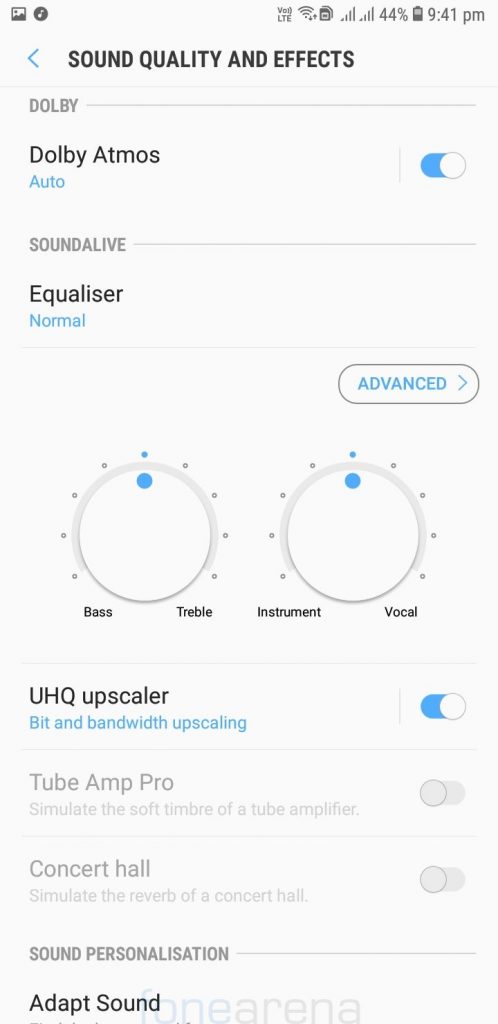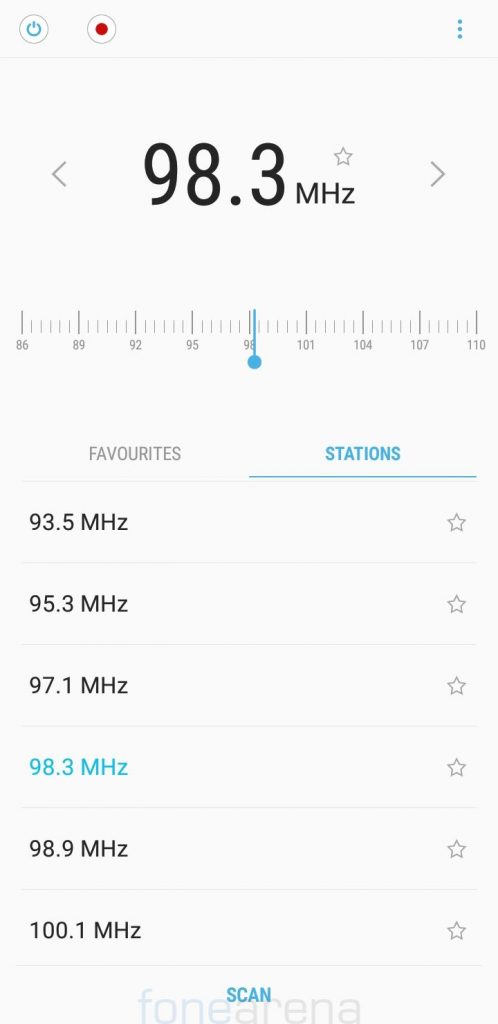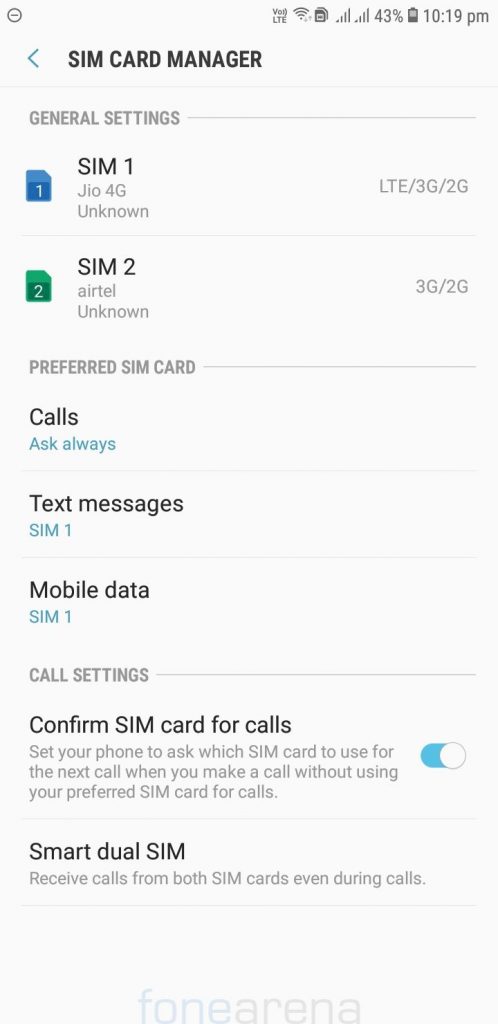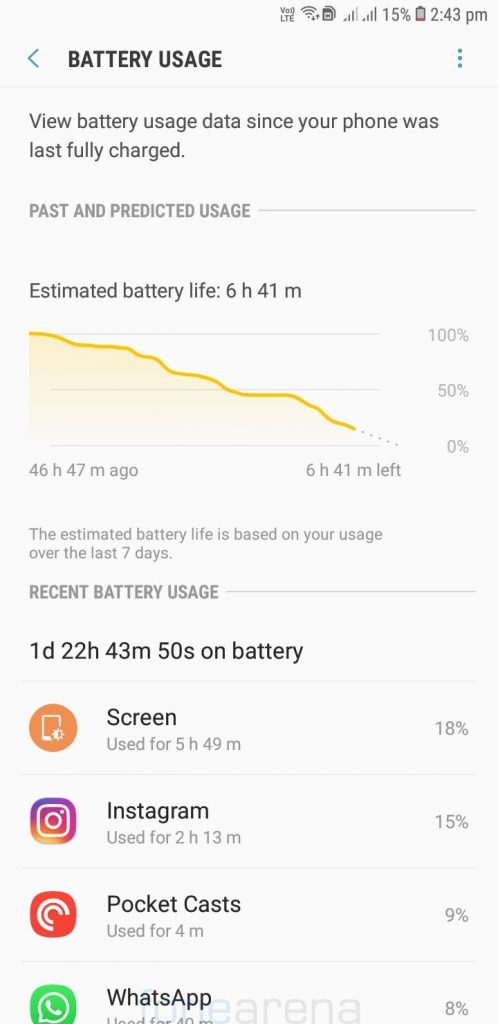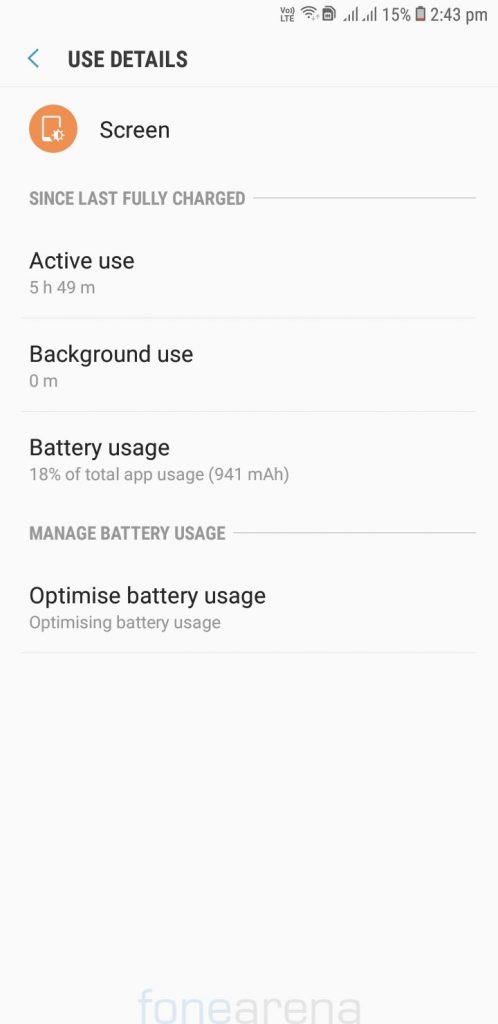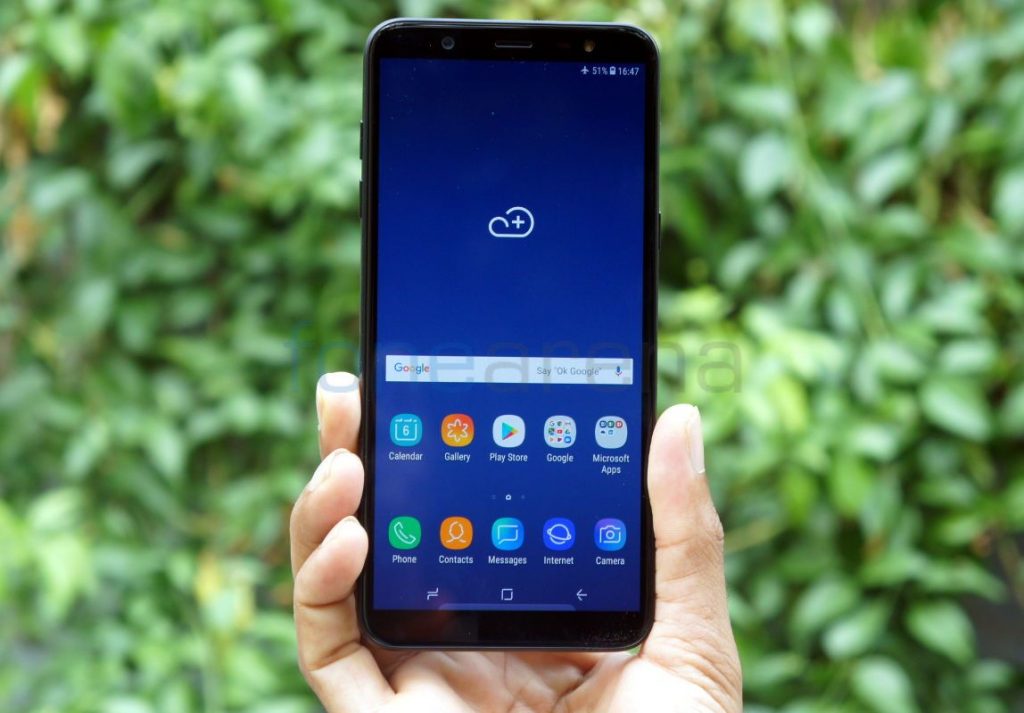
Samsung launched the Galaxy J8 (SM-J810G) in the ‘Galaxy J Series’ last month, and it was introduced in May. This is one of the smartphones from Samsung to pack a HD+ Super AMOLED Infinity display with 18.5:9 screen ratio. It is more like a smaller version of the Galaxy A6+ with a HD+ screen and a plastic body. Is this worth the price? Let us find out in the review.
Box Contents
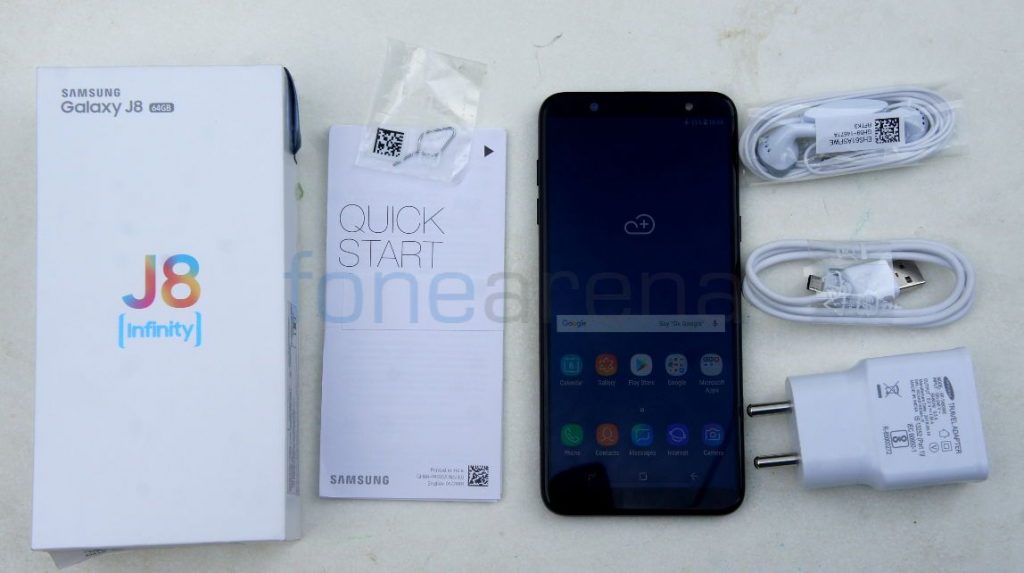
- Samsung Galaxy J8 smartphone in Black color
- 2-pin charger (5V-1.55A)
- Micro USB Cable
- Headset
- SIM ejector tool
- Quick start guide and warranty information
Display, Hardware and Design
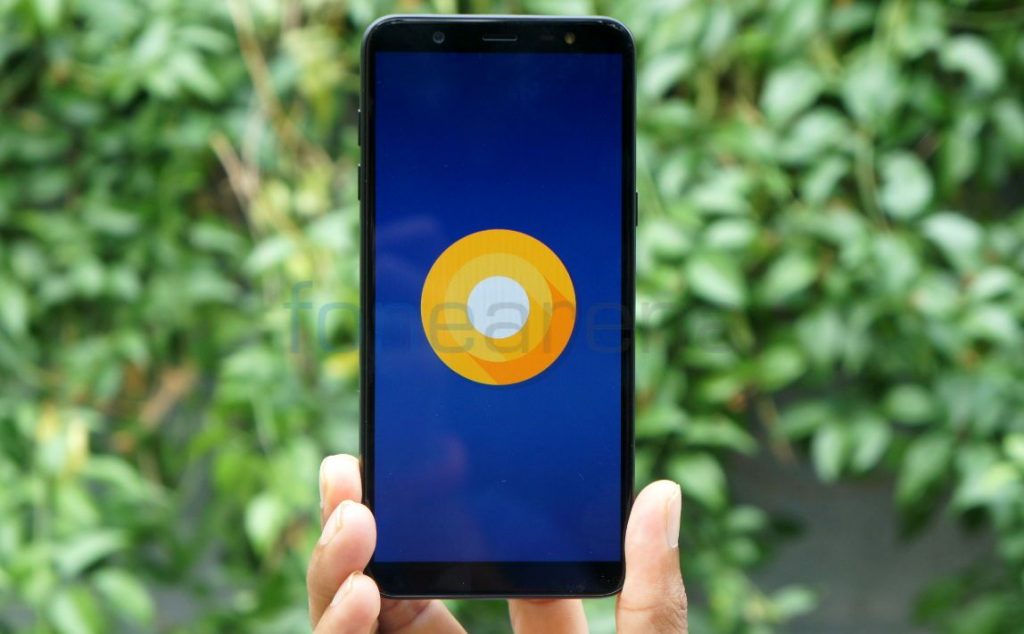
The Galaxy J8 comes with a 6-inch HD+ Super AMOLED Infinity display with a resolution of 1480 by 720 pixels at about 274 PPI, aspect ratio of 18.5:9 and a screen-to-body ratio of about 66%. Since the phone has AMOLED display blacks are perfectly black, but the pixel density is low so the content is not crisp when compared to the A6+ with a Full HD+ display. Since it doesn’t have an ambient light sensor you have to adjust the brightness manually using the slider depending on the conditions. There is an outdoor mode option that increases the brightness for 15 minutes or until the screen is turned off.
Due to the aspect ratio content doesn’t extend to the sides of the phone when you are watching normal 16:9 videos. If you want it to extend to the sides, you have to pinch the screen to fill the content. If you are watching a video in 21:9 aspect ratio, which has the benefit of removing black bars on the top and bottom of screens, the software stretches the image to fit the 21:9 format and allows you to watch the video as it more naturally.
Similar to the other top-end Samsung phones, there is Blue light filter that is said to reduce eye strain by limiting the amount of blue light emitted by the screen. You can change font size and style and select apps that you want to use in the full screen aspect ratio. It doesn’t have Always on display.
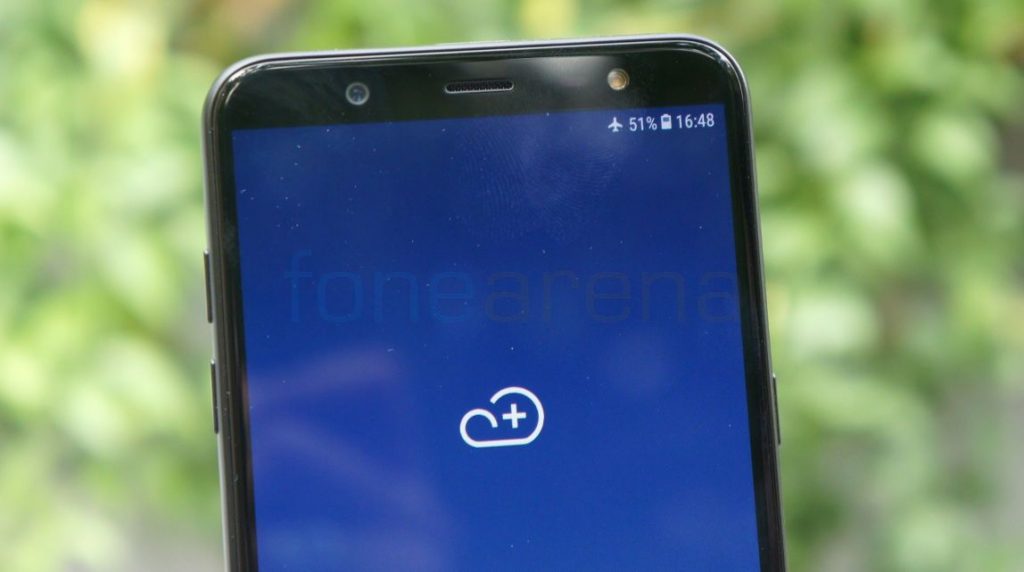
Next earpiece, you can find proximity sensor, on the left there is a 16-megapixel front camera with f/1.9 aperture and the LED flash is present on the right side. The phone doesn’t have ambient light sensor, gyroscope or magnetic sensor, otherwise known as magnetometer and also lacks a notification LED.
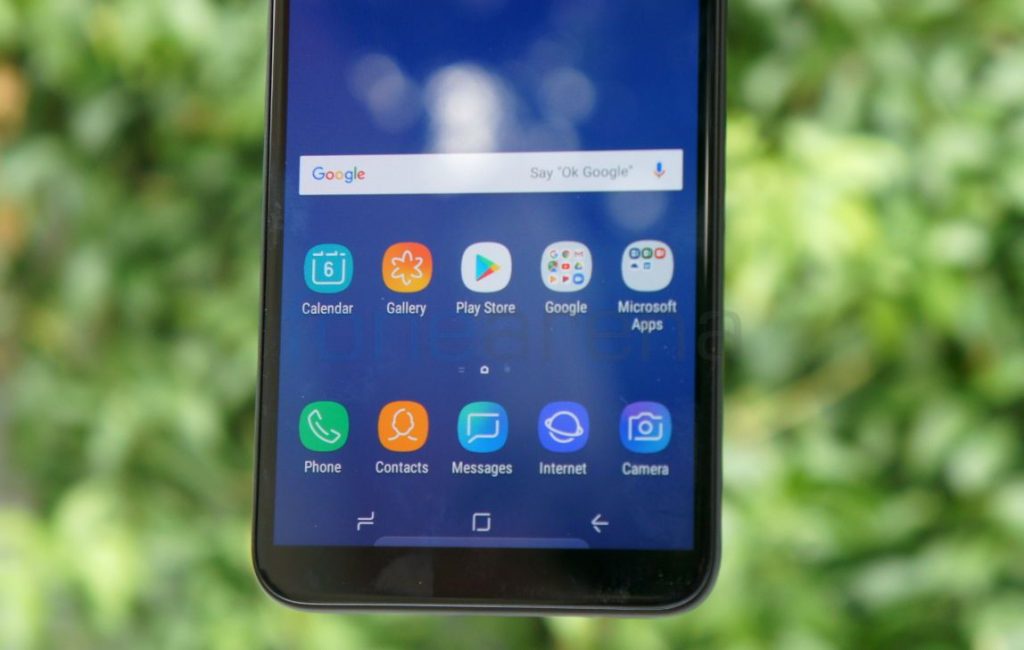
The phone doesn’t have home button, so the fingerprint sensor has been moved to the back. It doesn’t have capacitive touch buttons, so you need to use the on-screen buttons. Even though the phone uses on-screen buttons, there is a bezel below the display.
The phone has plastic body and frame, and it doesn’t slip out of your hands easily. On the right side, there is a power button along with the loudspeaker grill. On the left side, there is a volume rocker, a primary nano SIM slot as well as a separate secondary nano SIM slot that has a microSD card slot that accepts cards up to 256GB. On the bottom, there is a 3.5mm audio jack, micro USB port and the primary microphone. There is nothing on the top.
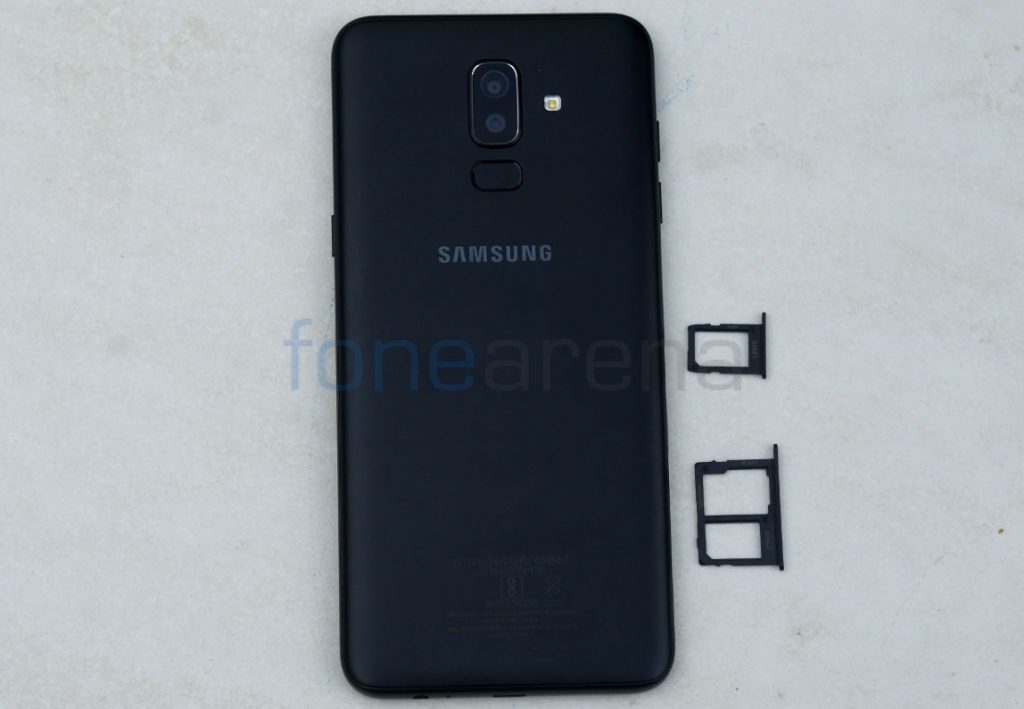
It is a good thing that Samsung has provided dedicated dual SIM and microSD card slots when there are a lot of phones that come with hybrid SIM arrangement.
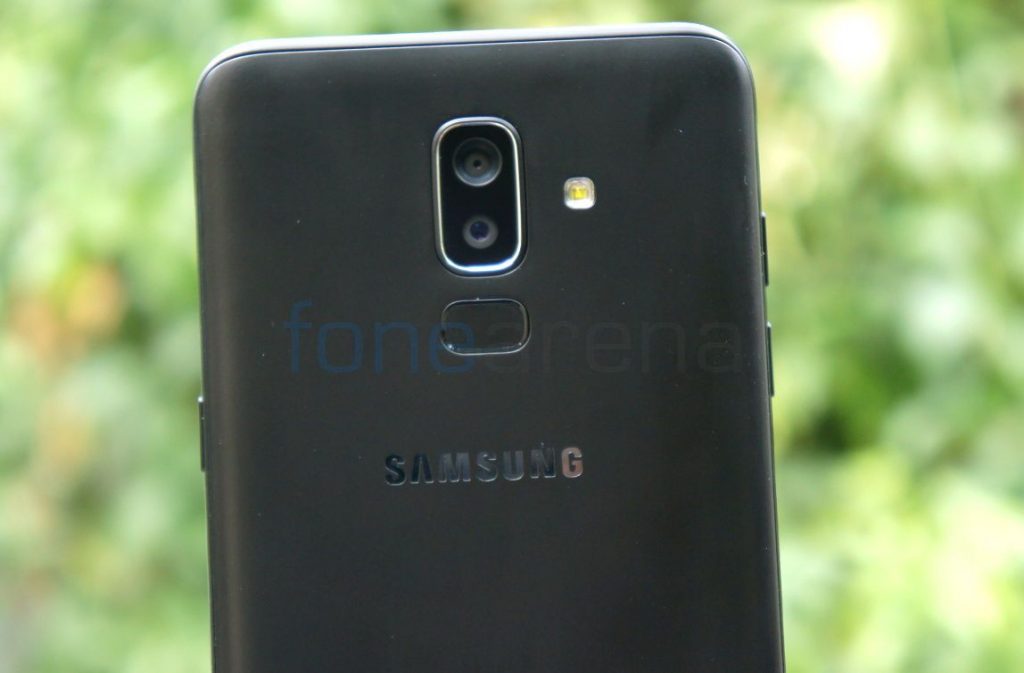
On the back, there is a 16-megapixel camera with LED flash, f/1.7 aperture along with a 5-megapixel secondary rear camera with f/1.9 aperture, same as the Galaxy A6+. The Fingerprint recognition sensor is present below it and the flash is on the right side of the sensors. It is easy to access the fingerprint sensor since it is present below the camera. The plastic back gets scratched easily when you place on the rough surface, and it will even lose the black paint in a few weeks, so it is recommended to use a case, which Samsung doesn’t bundle with the phone.
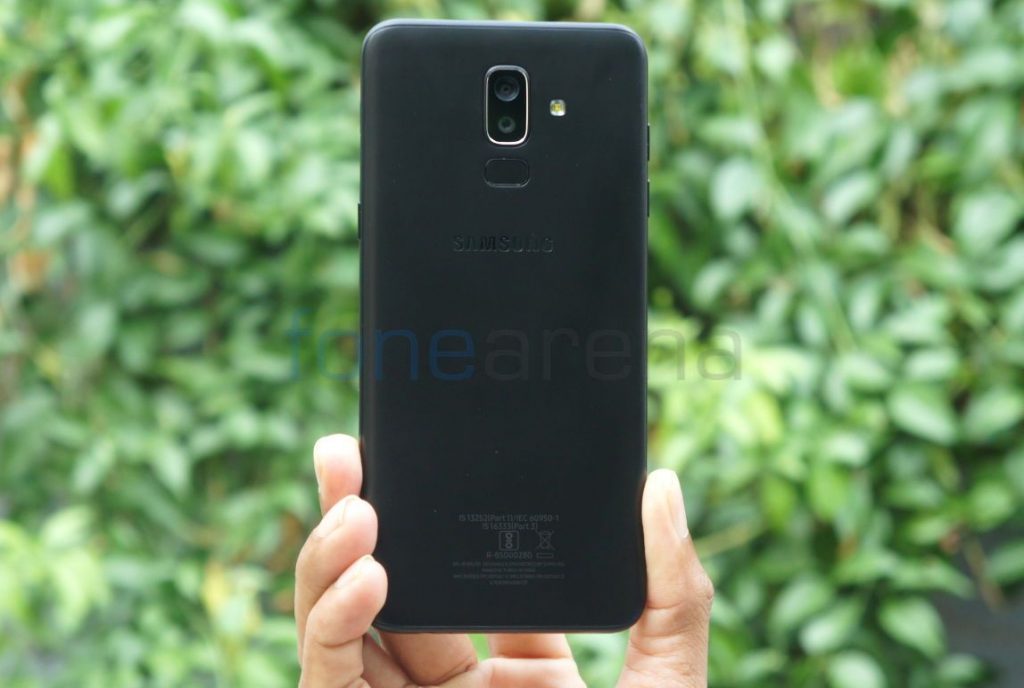
Even though the phone has a huge 6-inch screen, it is compact to hold. It measures 159.2 x 75.7 x 8.2 mm, almost same as the A6+. It weighs 191 grams, but it doesn’t feel that heavy since the phone is huge. It is not slippery to hold, but it attracts dust and smudges easily. The phone packs a 3500mAh battery.
Camera
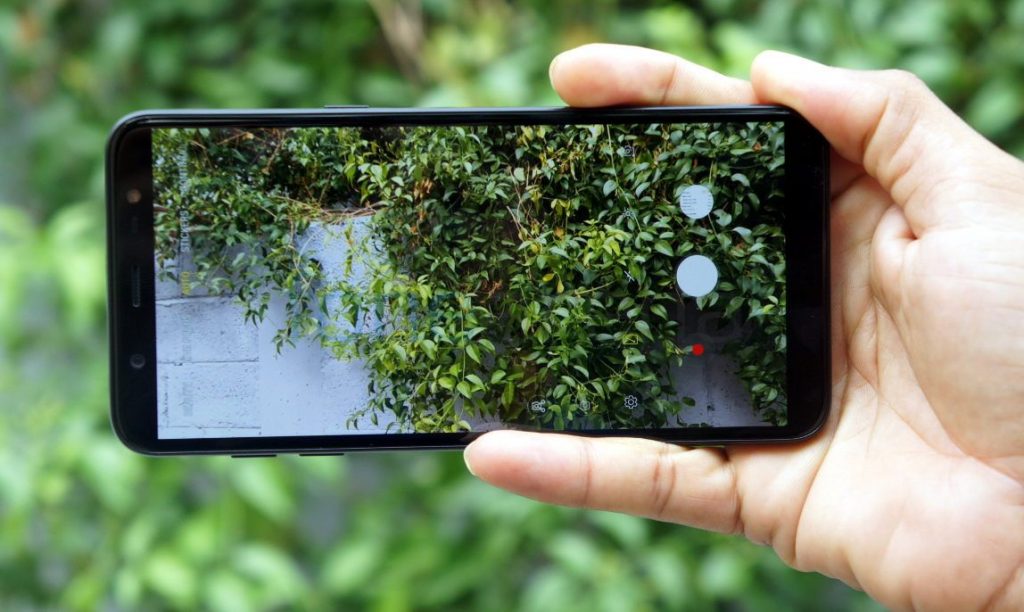
The J8 has a 16-megapixel rear camera with single LED flash, Samsung ISOCELL S5K2P6 sensor, 1.12µm pixel size, 1/2.8″ sensor size, f/1.7 aperture and 78-degree FOV and includes a secondary 5-megapixel camera with f/1.9 aperture, same as the A6+, but this has a 16-megapixel front camera with Samsung ISOCELL S5K8P8 Bright sensor, f/1.9 aperture, 1.0um pixel size along with an LED flash.
Since this has dual rear cameras, there is Live Focus that lets you adjust the bokeh effect – the aesthetic quality of the blur produced in the out-of-focus parts of an image – to change the depth of field of a shot. You can control the intensity of the overall blur effect and apply it before taking the image in preview mode, or after capturing the photo in the Gallery app. There is selfie portrait option for the front camera that uses software to blur the background.
It has Auto mode, Panorama, Food and Pro mode to adjust ISO, Shutter speed, focus, white balance and exposure manually. It has a lot of stickers and stamps. The camera’s facial recognition technology lets you apply static and animated facial feature stickers on the subject when in Camera or Video mode.
Coming to the image quality, daylight shots are good and the camera captures a good amount of detail, creates really well exposed photos with good dynamic range and detailing, and dynamic range can further be improved using the HDR mode. The autofocus speeds are fast and accurate. Macro shots are good as well. Dual-camera Live focus mode clearly blurs out the background. Low-light performance is average with noise. However, low-light shots and images with flash doesn’t have much details.
The 16MP front camera with facial recognition technology and 1.0um pixel size is good for capturing selfies, and there is also HDR option. Selfie flash helps in low-lighting conditions. The front camera has beautify features to adjust skin tone, spotlight and more features.
Check out some camera samples (Click the image for the full resolution sample).



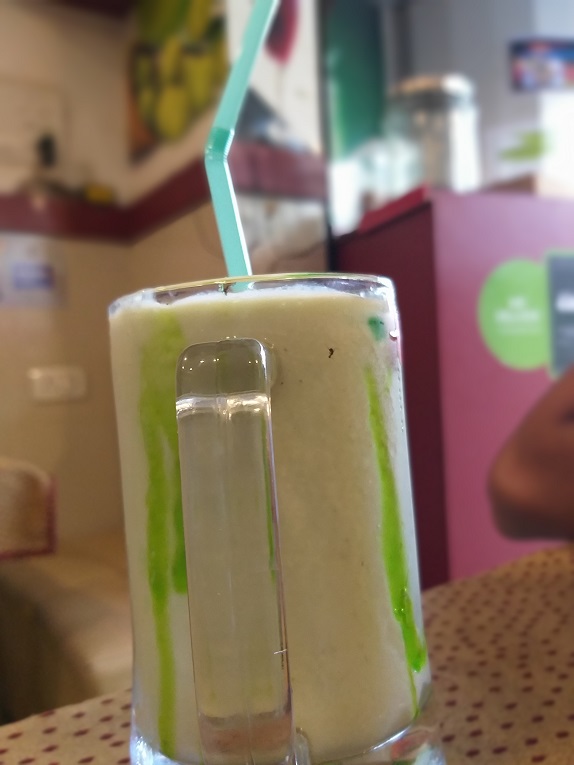

The SoC doesn’t have support for 4K recording, so records only at a maximum 1080p resolution at 30 fps. It doesn’t have slow-motion video recording. Video quality is decent, and could have been better. Audio is not crisp since it doesn’t have a secondary microphone.
Software, UI and Apps
Coming to the software, the phone runs on Android 8.0 (Oreo) with Android security patch for April, 2018. Samsung has not announced when the phone will get Android 8.1 update or if it will get Android P. On the top of Oreo, it has Samsung Experience version 9, which is the company’s new UX that is more refined compared to its TouchWiz UX. The drop-down notification shade shows six toggles on the top, and more when you swipe down again. You can easily change the button order and the button grid (3×3, 4×3, 5×3). There are brightness control slider and option to choose SIM cards easily.
It has vertical swiping interface by default instead of separate apps button, so to navigation between the home screen and app tray you need to swipe up or down. You have option to add apps screen button to the home screen. You can simultaneously move multiple apps into a folder easily. You can tap and hold an app icon to open a quick options menu that lets you perform tasks such as uninstalling apps or moving them to Secure Folder without having to open the app. App icons and typography have been changed according to the new design language.
The advanced features option has Smart stay to keep the screen on while you are looking at it, Games Launcher that gathers your games downloaded from Play Store and Galaxy Apps into one place for easy access and one-handed operation mode that lets you use the phone easily with one hand. Similar to other Android phones it has Multi Window mode that was first introduced by Samsung several years back.
Other options include Smart capture to capture the current screen and scrollable area, and crop and share the screenshot immediately, Palm swipe to capture a screenshot, direct call to make a voice call by picking up and holding the device near your ear while viewing call, message, or contact details, Smart alert to set the device to alert you if you have missed calls or new messages when you pick up the device, Easy mute to mute incoming calls or alarms by using palm motions or facing the device’s screen downwards, Swipe to call or send message, and Panic mode to Send SOS message by pressing the Power key three times, including option to sound recordings along with the message to the recipients.
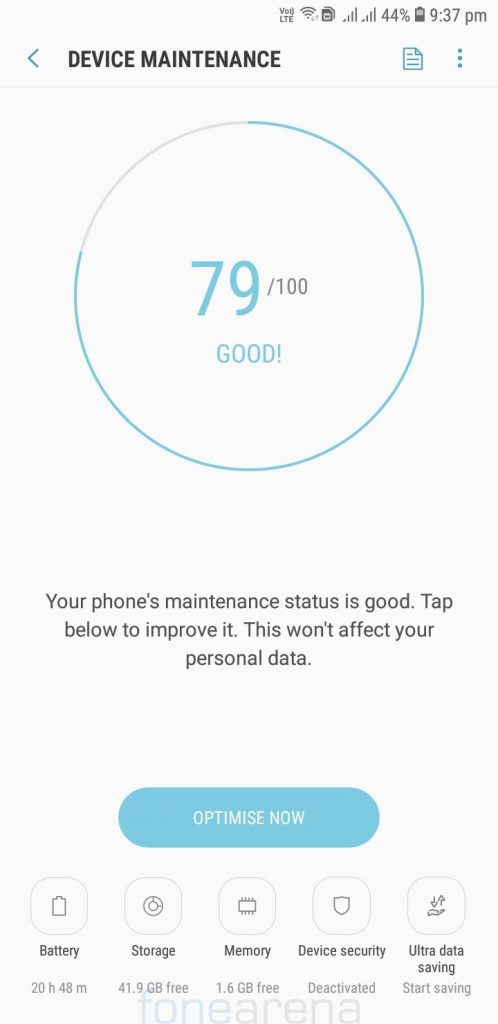
The Device maintenance option lets you manage your device’s battery life, storage, RAM usage, and security all in one place. The Samsung Secure Folder that lets you save your personal data and information.
Apart from the usual set of utility apps and Google Apps, the smartphone comes with Facebook app and Microsoft Apps – Word, Excel, PowerPoint, OneDrive and LinkedIn. You get option to install apps when you are setting up the phone. The phone has Samsung Pay Mini, which is Samsung’s own payment service, which has UPI support as well as support for Bill Payments. It has Bixby Assistant that was first introduced with the S8 series. You can slide to the left to view the Bixby screen or press and hold the dedicated Bixby button to launch it.
Out of 4GB of RAM, you get 3.54GB of usable RAM, out of which about 2.2GB of RAM is free when the default apps running in the background. Out of 64GB of internal storage, 51.6GB of storage is usable.
Fingerprint Sensor and Face unlock
The fingerprint sensor is present on the back of the phone, which is not hard to access. It immediately unlocks phone just by keeping your finger on the home button so that you don’t have to press it. You can add up to 3 fingerprints. It can also be used for Samsung Pay in markets where the service is available and for Samsung Pass to verify your identity with browser and other supported apps. It has support for Face recognition, which doesn’t work well if the lighting is poor in the room, if you are wearing glasses, hats, or use heavy makeup. But it is quick to unlock the phone.
Music Player and FM Radio
Google Play Music is the default music player. It has equalizer, Dolby Atmos, UHQ upscaler, Surround and Tube Amp Pro sound effects that can be enabled from the settings. All these improve the audio when listening through earphones. It has FM Radio support with support for recording. That said, audio through the bundled headset is decent, but using good third-party headphones makes it better. Loudspeaker output from the mono speaker is just average, especially in a noisy environment. Loudspeaker is awkwardly placed on the right side of the phone.
Dual SIM and Connectivity
The connectivity options include, Wi-Fi a/b/g/n (2.4/5GHz), Bluetooth v 4.2 and GPS with GLONASS. It has support for USB OTG. It has 4G connectivity with support a lot of bands and has Voice-over-LTE (VoLTE) support for Reliance Jio and Airtel. Both the SIMs support 4G, but you can enable 4G only in one SIM at a time, while the other goes to 3G. The dialer and messaging have familiar UI. Since this is a dual SIM phone, you get option to select either SIMs when calling or sending text message. There are no call drops and the earpiece volume is good.
You can set preferred SIM for voice call, text and data from the SIM card manager. As usual it has Smart Dual SIM feature, similar to other latest Samsung Dual SIM smartphones. This automatically forwards calls from the phone number on SIM 2, even if a user is on the phone with SIM 1’s number. There is a new option called confirm SIM card for calls so that it asks which SIM card to be used for the next call when you make a call without your preferred SIM card for calls.
Performance and Benchmarks

It is powered by an Octa-Core Qualcomm Snapdragon 450 64-bit 14nm Mobile Platform that has eight ARM Cortex A53 cores clocked at 1.8GHz per core. The performance is good. We tested several games, which were smooth, but the gaming performance is just fine and not exceptional since this has an Adreno 506 GPU. Wish the company had gone with Snapdragon 636 to justify the price tag. 4GB of RAM makes the phone snappy for multitasking so you can run several apps in the background without the phone getting slow. The phone gets a bit warm when using 4G and gaming, but it doesn’t get too hot to handle. Check out some synthetic benchmark scores below.
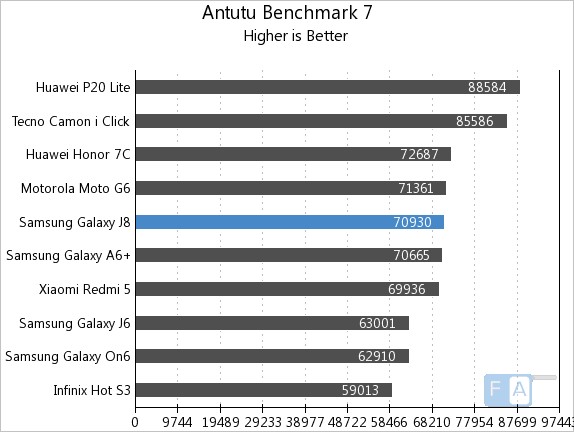
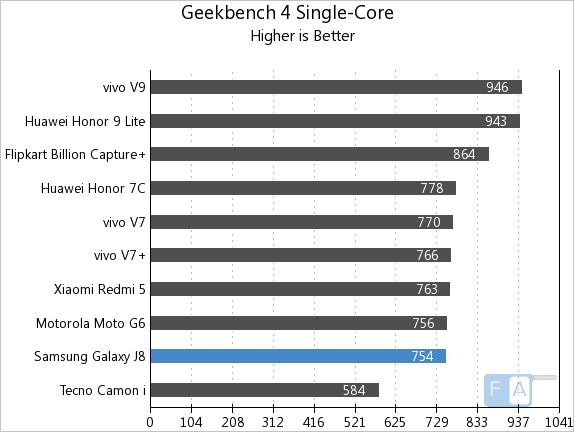
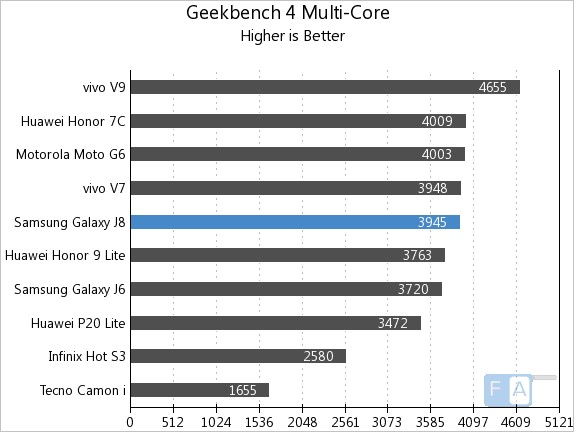

Battery life
Coming to battery life, the 3500mAh battery offers good battery life so that the phone can last for one day with heavy use and two days with average use since this has a HD+ AMOLED screen and a power-efficient SoC. It has Medium power saving mode that reduces brightness, reduces the CPU speed and turns off the Always On Display. The Max mode does all this and puts the screen to low-power mode. There is App power monitor that alerts you when an app is using more power so that you can close it.
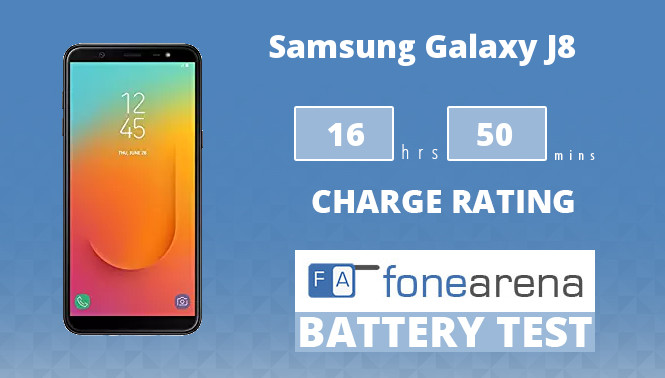
In our battery test the smartphone achieved a One Charge Rating of 16 hours and 50 minutes, which is good for a phone with a 3500mAh battery. It doesn’t have adaptive fast charging , so it takes about 2 and half hours to charge from 0 to 100% and 0 to 50% takes 1 hour. We will bring you the complete set of battery life test results soon.
Conclusion
Overall, the Galaxy J8 is not the best smartphone in the price range. Samsung has adopted the Infinity display, but this has a low-resolution HD+ screen, even though this has decent cameras and good battery life, the phone is powered by Snapdragon 450 SoC, has micro USB port without fast charging and doesn’t even comes with an ambient light sensor, which is disappointing for a phone that costs Rs. 18,990. There are several better choices in the price range. It is available online and offline retailers. To summarize, here are the pros and cons of the smartphone.
Pros
- Brilliant battery life
- Good build quality
- Decent cameras
Cons
- Only HD+ display
- Not a powerful SoC for the price
- Lacks Ambient light sensor and Notification LED
- Priced slightly on the higher side


